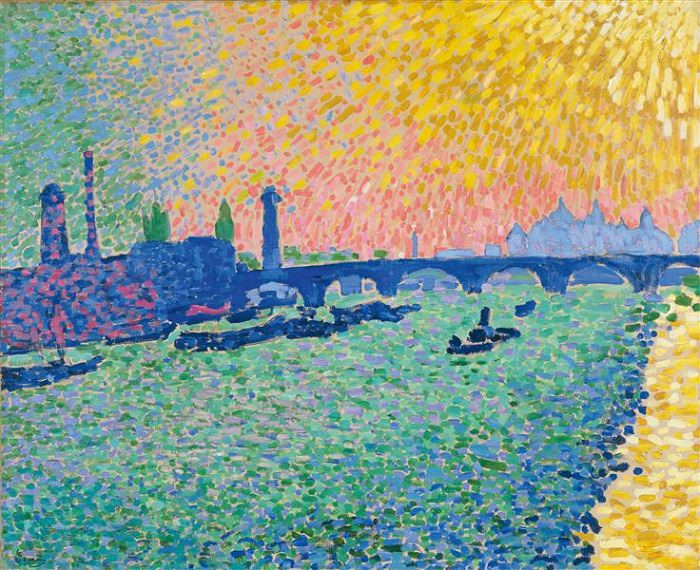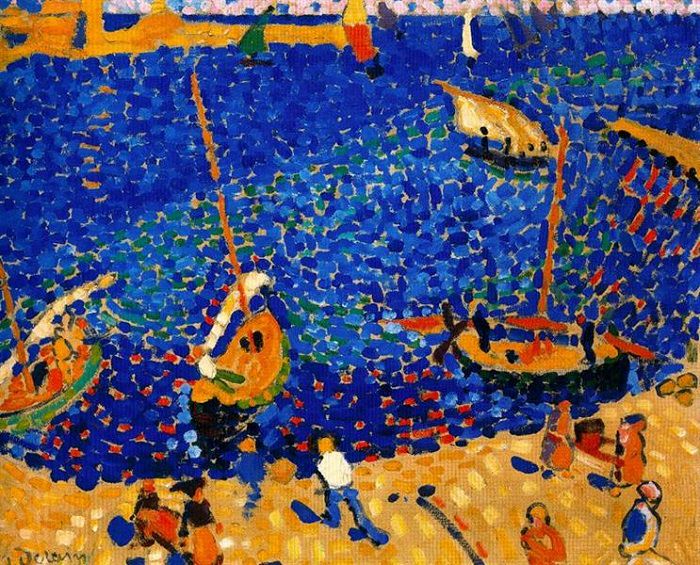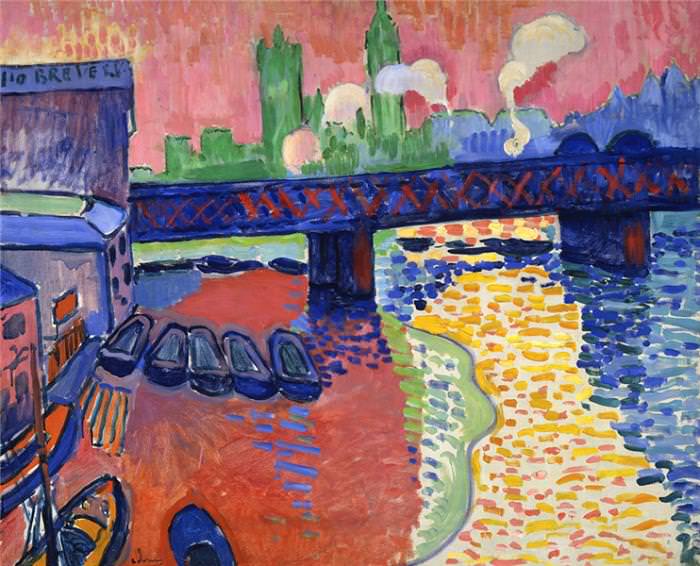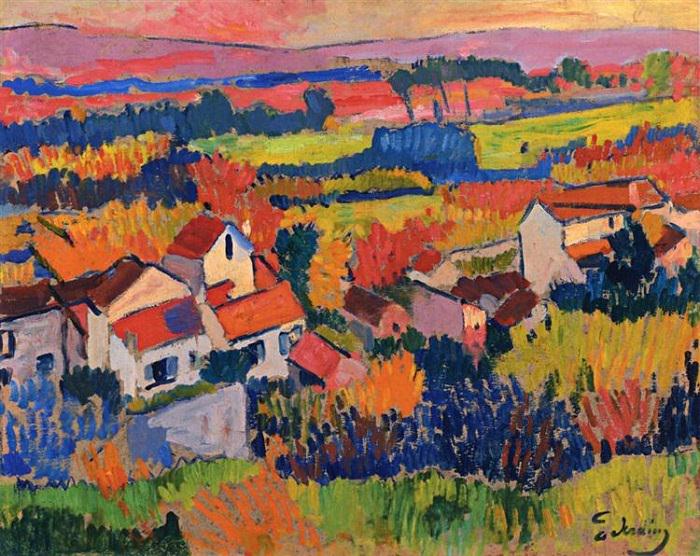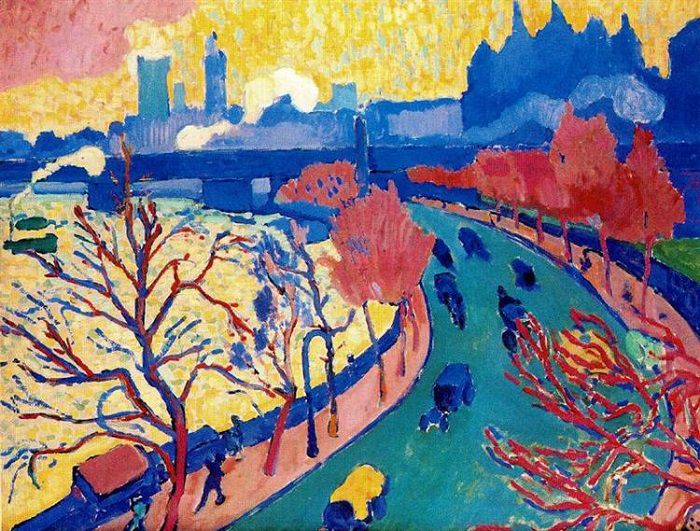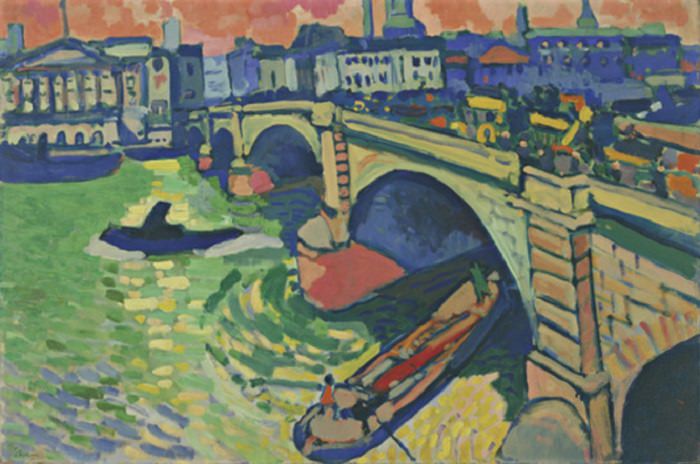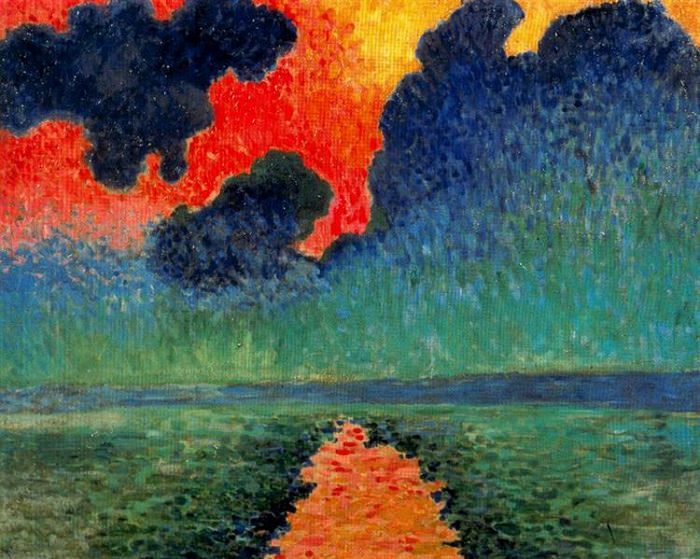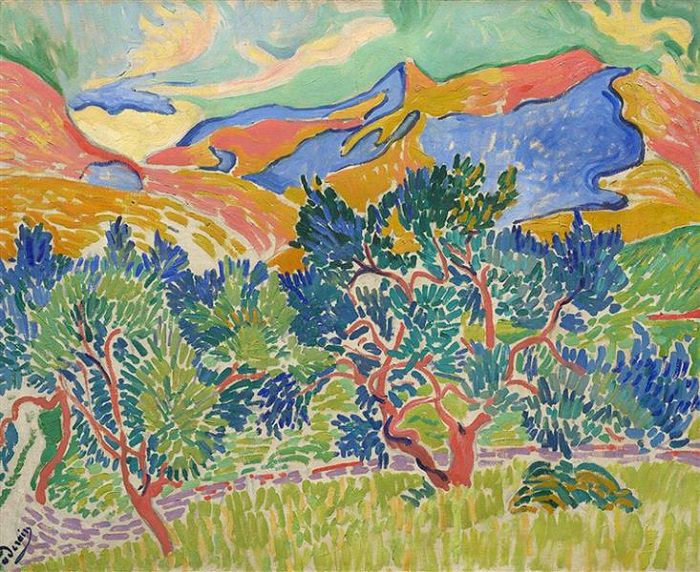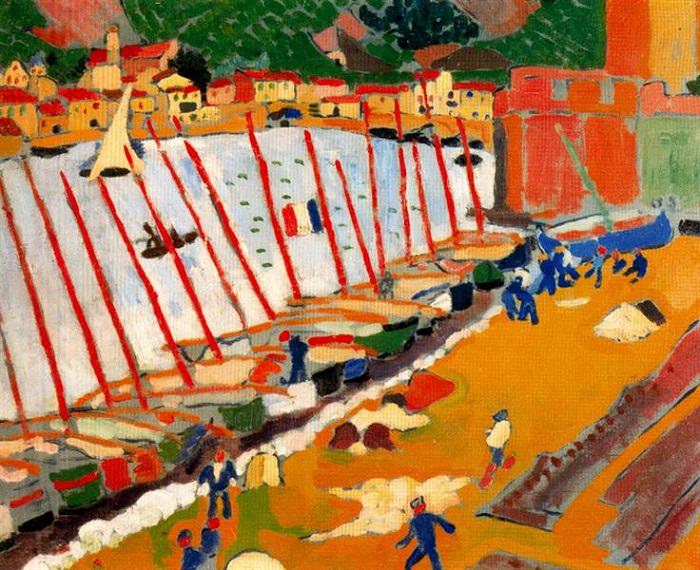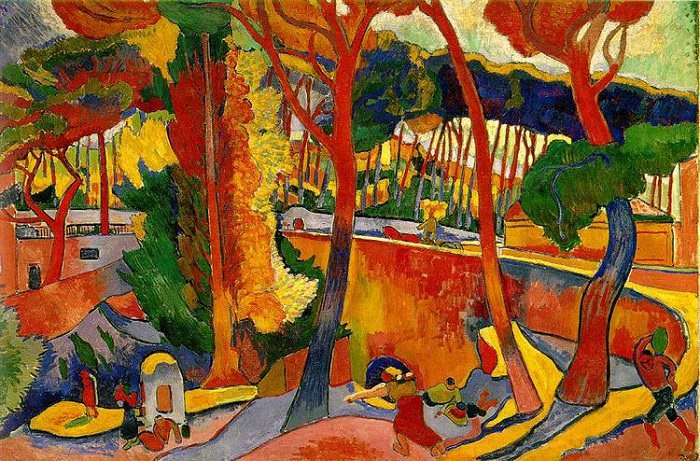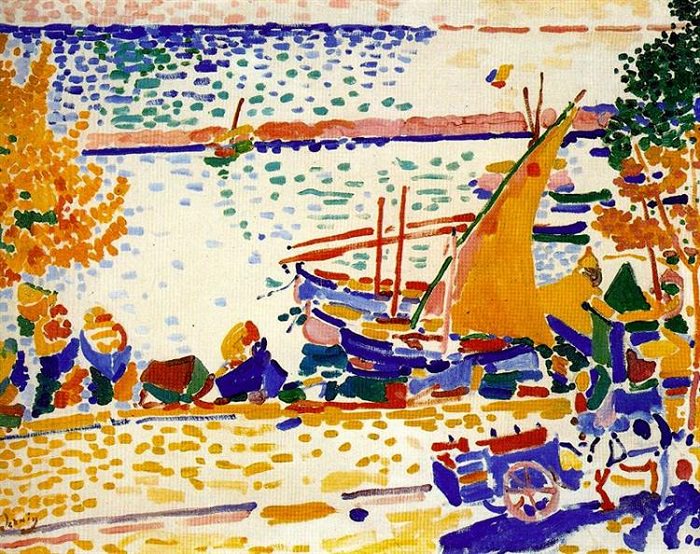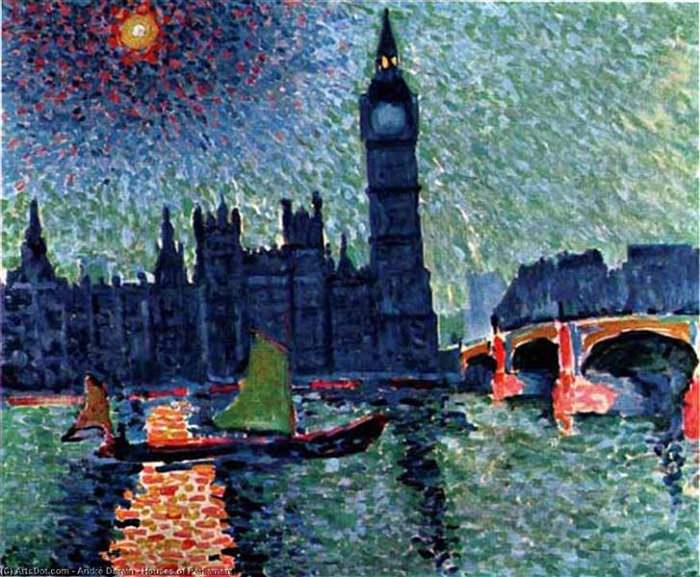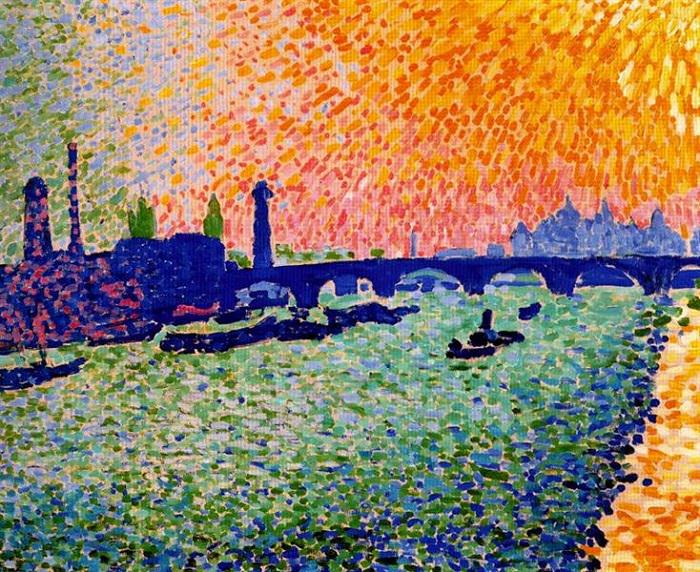
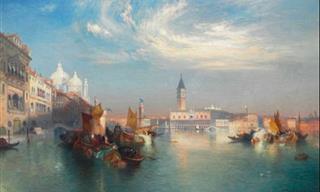
These Charming Old Paintings are Like a Balm for the Soul
Marvel at some of the finest landscape watercolor paintings by renowned American artist Thomas Moran.
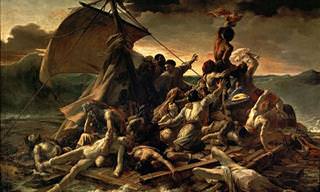
10 Famous French Paintings That Will Captivate You
Over the centuries, French painters have created many masterpieces. Here you can find 10 of the most famous French paintings.

Fluid Wildlife Murals Breathe New Life Into Dull Buildings
The Argentinan artist Fio Silva breathes new life into dull city buildings by decorating them with massive wildlife murals.
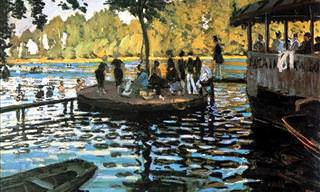
10 Fantastic Claude Monet Paintings to Marvel At!
Claude Monet painted some of the world's greatest Impressionism masterpieces. Here are 10 of his most well-known paintings.
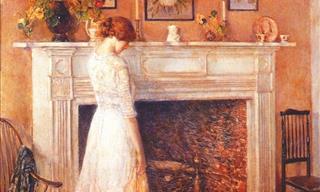
The Lovely Impressionist Paintings of Artist Childe Hassam
Childe Hassam was a prolific American artist whose paintings majorly influenced Impressionist art, as you'll see in these 22 paintings
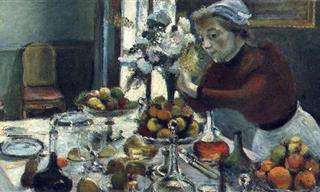
Henri Matisse: King of the Wild Artists Movement
Henri Matisse has a place in the Hall of Fame of avant-garde art. This article tries to explore why.
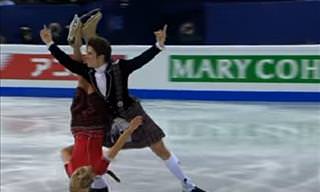 6:40
6:40
This Scottish-Themed Dance on Ice Will Blow You Away!
If you are a fan of dancing on ice, then we have got one heck of a treat in store for you!
 6:10
6:10
How Is It Possible for So Many Acrobats Ride ONE Bicycle?
What a performance! Watch this impressive balancing bicycle act.

Feeling Nostalgic? These Billy Joel Hits are Just for You
A playlist of 16 of Billy Joel's biggest hits
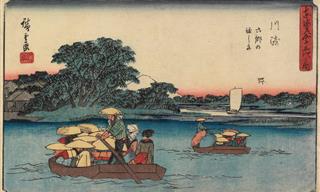
Hiroshige Is One Classic Japanese Artist You Must Know!
Immerse yourself into 19th-century Japanese culture through the magnificent prints of Hiroshige, the last great master of the famous ukiyo-e art tradition.
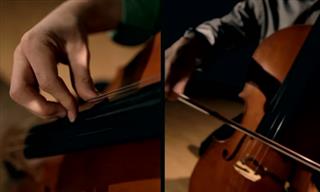 3:17
3:17
Immerse Yourself In the Evocative Tunes of the Cello Song
Listen to this magical and unforgettable rendition of the famous Cello Song by J.S. Bach.
 11:36
11:36
Listen to Elton John's Songs in a Magical Cellist Event
Cellist Stjepan Hauser decided to dedicate his next video and performance to the hits of Elton John.

8 Foreign-Language Films That You Really Should Watch
A lot of foreign films don't get the recognition they deserve simply because they're in another language. Here are 8 great foreign films from this decade.
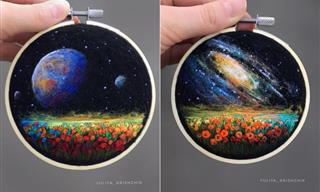
The Wonders of Nature and Space Combined in Stunning Art
These realistic embroideries are like a little window into a parallel universe!
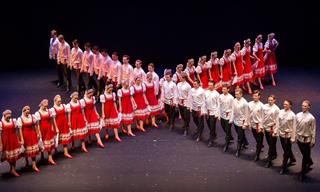 7:18
7:18
A Traditional Folk Dance that Uses a Special Move...
The Russian folk dance in this video, as you're about to see, cannot be performed by just anyone...

Wow! These 3D Cakes Are Just Too Beautiful to Eat!
Siew Boon first discovered 3D jelly cakes a couple of years ago. Due to her popularity, she started her own business called Jelly Alchemy. Check out some of her amazing work here!

These Famous Artworks Were Once Considered SCANDALOUS
Throughout history, artists have repeatedly tried to challenge societal norms. And sometimes, they succeeded. Here are 7 of history's most controversial artworks.
 4:51
4:51
This Incredible Dance Act Brings Shadows to Life
Watch Shadow Theatre Verba brilliantly interpret the tragedy of the Titanic in this mesmerizing shadow dance.

10 Life-Changing Books That You Really Must Read!
Every so often you'll come across a book that will change your life. Here are 10 such examples.
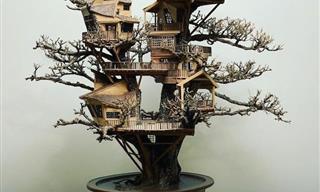
Enchanting Miniature Treehouses By the Late Dave Creek
The late artist and animator Dave Creek will be remembered for his incredible handcrafted miniature treehouses, nestled within bonsai trees

Top 10 Films of 2024 for Adults to Enjoy
A list of the top 10 Films of 2024 for Adults to Enjoy.
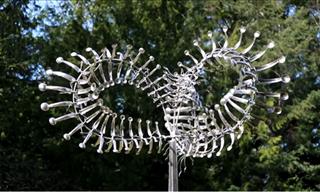
These Wind-Powered Moving Sculptures Are Breathtaking!
These breathtaking metal sculptures by genius artist Anthony How move with the wind

These 14 Ancient Theaters are a Sight to Behold!
There are some stunning Greek and Roman theaters scattered around the Mediterranean. Take a look at a selection of them here!
 4:39
4:39
This Cello Music is Going to Uplift You Straight to Heaven
A classic song meets the classic treatment. A beautiful cello performance by 2cellos.
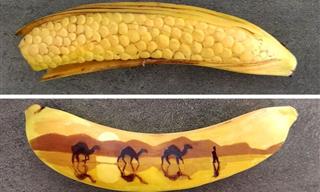
Have You Ever Seen Banana Art? 15 Lovely Illustrations
Art can be created on virtually anything. For Anna Chojnicka, the unconventional canvas of choice is... a banana! Check out her lovely illustrations.
 4:28
4:28
These Guys Have to Be the World's Best Drummers!
The Top Secret Drum Corp just has to be the best drum troupe that exists in the entire world. Watch this astounding display of precision and musical skill.
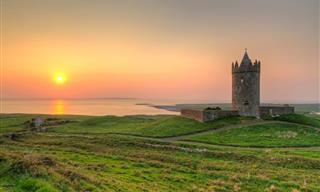
O Danny Boy: A Musical Presentation
Enjoy the beautiful song O Danny Boy with beautiful photos and lyrics.
 7:31
7:31
This Version of a Famous Song Brought Tears to My Eyes
If you love the song 'Hotel California,' this a capella version will blow you away. At the 4-minute mark, I was blown away!
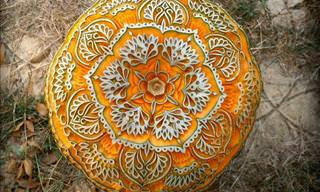
Could You Believe This Art Is Carved Out of a Pumpkin?
The pumpkins are not your typical Halloween pumpkin carving.

MUSIC BOX: 12 Incredible American Composers
Today, we highlight 12 masterpieces by American composers—from the haunting stillness of Samuel Barber to the exhilarating momentum of John Adams.

This Makeup Artist Tells Whole Stories Through Eyeshadow
Makeup artist Tal Peleg uses the eyelids as canvases and uses the unusual shape and size to her advantage - the result is detailed and vibrant artworks.
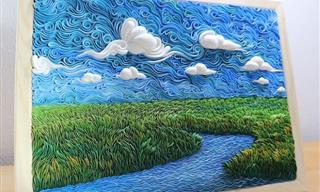
Dreamy 3D Landscapes Inspired by Impressionist Art
This artist creates fluid 3D landscapes reminiscent of the works of famous Impressionists.
 22:26
22:26
This Could Be This Most Beautiful Piano Recital Ever
Khatia Buniatishvili has been dazzling audiences with her sensual piano playing for a few years now, but this performance, combined with ice dancing is unique!
 6:18
6:18
These Human Voices Alone Resurrect a Totemic Rock Classic
Toto's Africa is one of my favorite songs. So I was thrilled to hear this stunning a cappella version ...
 5:10
5:10
Listen to This Incredibly Beautiful Piece by André Rieu
In this beautiful performance, André Rieu and his Johann Strauss Orchestra perform 'Etude nr. 3 in E-dur' from Frédéric Chopin.

Classical Music: Enjoy 50 of the Greatest Masterpieces!
This video collected together 50 of the most famous and beautiful classical music pieces in the world.
 8:18
8:18
Here's One Magic Trick That's Totally Bizarre...
Watch in awe as the incredible magician Brian Bushwood performs an outstanding magic trick called 'Psychic Surgery'.
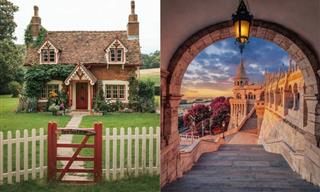
21 Indescribably Beautiful Buildings Around the World
Just like famous architectural masterpieces, such as the Eiffel Tower or Taj Mahal, these mesmerizing but often overlooked buildings deserve to be renowned.
 5:27
5:27
Andre Riéu Takes Us on An African Musical Ride
Another incredible musical performance by Andre Riéu, inspired by Africa.
 3:28
3:28
Discover The Secret Behind a VERY Famous Magic Trick
In this video, we pull back the curtain and reveal the incredible secret behind one of the most famous and dangerous-looking illusions in the history of magic.

Don't Be Fooled! These Pretty Creations are Actually Cakes
Have you ever seen spring-themed buttercream creations as beautiful as these?
 3:46
3:46
WATCH: This Romantic Composer's Work Is Utterly Magical
The Romantic composer, Johannes Brahms, completed a series of compositions called the Hungarian Dances. Enjoy Hungarian Dance no. 5 in this video.
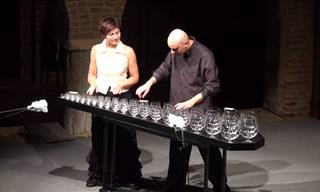 2:37
2:37
Wow! Who Knew Glass Could Create Such a Beautiful Sound?
In this video, Glass Duo, as their name suggests, give a stunning rendition of a Tchaikovsky classic using just glasses.
 6:03
6:03
If You Like Clint Eastwood, You'll Love This Performance
The Danish National Symphony Orchestra create a fantastic experience with their performance of the song from the Good, the Bad and the Ugly
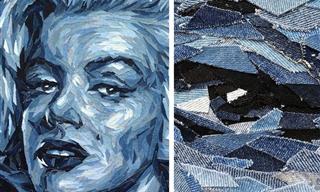
Admire Upcycled Denim Scraps Turned Into Incredible Art
Meet Deniz Sağdıç, a multimedia artist who uses upcycled denim scraps to make the most strikingly realistic portraits, some of which you might recognize!
 4:33
4:33
Watch Evgeny Kissin Give New Life to "La Campanella"
Watch pianist Evgeny Kissin play "La Campanella" at The Royal Albert Hall, London, in August 1997.

How to Add Color and Beauty to Your Home!
Create beautiful looking art with ease and add it to your home.
To enable your Ad-Free Subscription, please fill the fields below
Your subscription was successful, now you can enjoy an ad-free experience!! Note: To make sure you get no ads, please make sure to log in to your account. If you are logged in already, then refresh the page. The subscription can be cancelled at any time.



